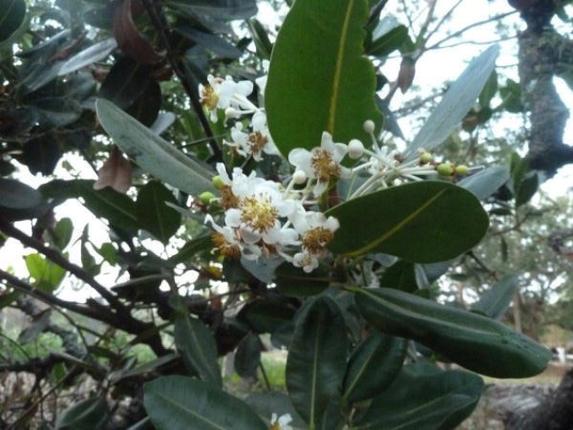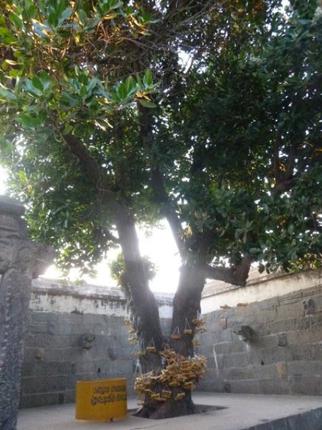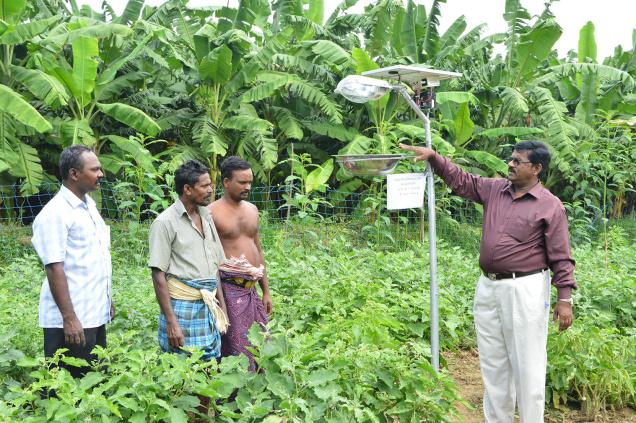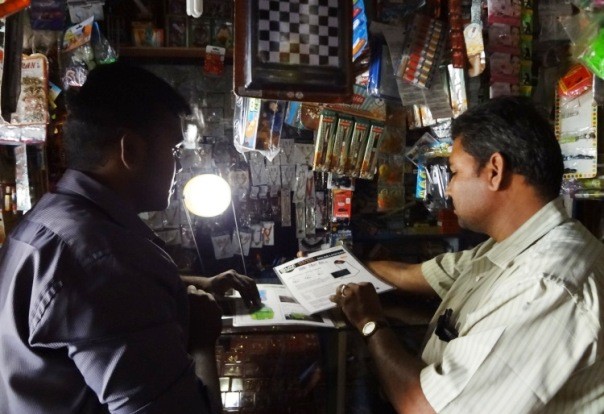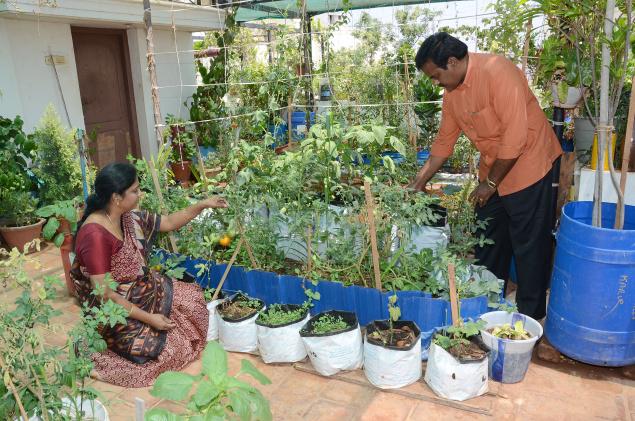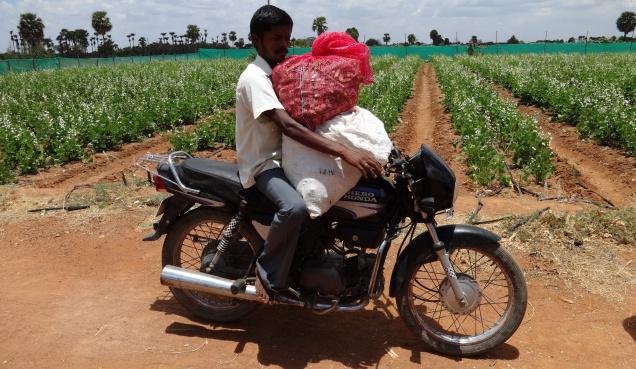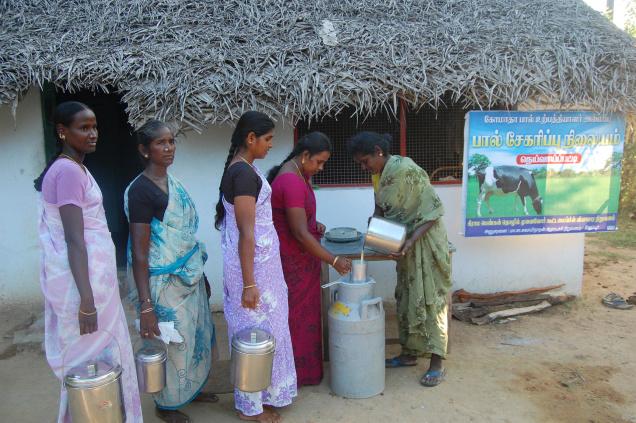
“I have to get back my payment of Rs. 22,000 for supplying which is pending from my earlier milk vendor. Even after two years he is not ready to pay. Every time I go to ask for the amount he gives some excuse and sometimes he is not in his shop,” says Ms. Chellam from Thiruvennakoilpatti village, Illupur taluk, Pudukottai district.
Like her there are many people in different villages with the same story — pending payments from the local milk vendor or tea stall for the milk they supplied.
Confident
But today, after the Rural Women’s Entrepreneur Federation (RWEF) has been inaugurated by the M.S. Swaminathan Research Foundation (MSSRF) in Pudukottai, Ms. Chellam can be confident of getting back her due since there is a group to support her.
“The group was started in 2012 with an initial membership of about 450 women members after a survey in the village revealed that cattle rearing was not a popular off-farm activity since irregular monthly payments, faulty milk analysis, lack of knowledge in animal health care and management were some of the common reasons cited,” says Dr. R.S. Shanthakumar Hopper, Director, Ecotechnology Center, MSSRF.
Based on a request from the members, a federation called Komatha milk producer association (KMPA) was started, consisting of 375 women dairy entrepreneurs managed by RWEF.
The objective was to promote an integrated system of credit access for animal purchase, create quality and cost effective fodder banks, and establish vermicompost units, manufacture bio products from cow urine and maintain animal health care and insurance.
Azolla
Through the introduction of Azolla (used as green manure in rice fields), it was demonstrated that feed cost for the animals can be reduced by 20 per cent.
During the current year, the project promoted 80 acres fodder sorghum crop to ensure fodder availability for animals during summer.
To ensure a transparent management system, a committee consisting of nine members was elected from KMPA who meet once a month to discuss various matters related to their milk business.
KMPA has established six milk collection centers till date and has provided a revolving fund loan for Rs. 13 lakh for purchase of milch animals.
Indirect threat
“Though the women received loan from the federation and were willing to sell the milk to the federation, indirect threat came from the buyers that the pending money will not be given if they do not continue to supply the milk to them. The delayed payment is the trump card of the traders for making the women dependent on them and ensures regular supply,” says Dr. Hopper.
But constant efforts of the group resolved the delayed payments and the milk supply has increased from initial 100 litres per month to 12,000 litres per month with an annual gross income of Rs. 25 lakh.
Price
“The local milk trader gave us only Rs. 12 per litre and now we have bargained with a private milk vendor for bulk sales for Rs. 24 per litre. We also sell milk locally to a few shops on a regular basis for Rs. 28 per litre, that provides us with additional income” says Ms. Rajamani, a member of the association.
“I know that certainly I will get my milk sales money by 5th and 20th of every month. Now, this has enabled me and my family to plan for productive expenses.
“I have gained lot of confidence and respect in my family and community” says Ms. Muthulakshmi another milk supplier.
Long term plan
The long term strategy for the RWEF is to increase the milk producers to 1,000 members by 2015.
For more details contact Mr. Dr. R.S.Shanthakumar Hopper, Director at email: hopper@mssrf.res.in, mobile: 9445394394 and K. Thachinamurthy, Project Coordinator, Samathanapuram, Irunthirappatti road, Illuppur – PO, Pudukkottai District. email: thachinamurthy@gmail.com, Phone: 04339 272630, mobile: 09626737207.
source: http://www.thehindu.com / The Hindu / Home> S & T> Science / by M. J. Prabu / April 30th, 2014
